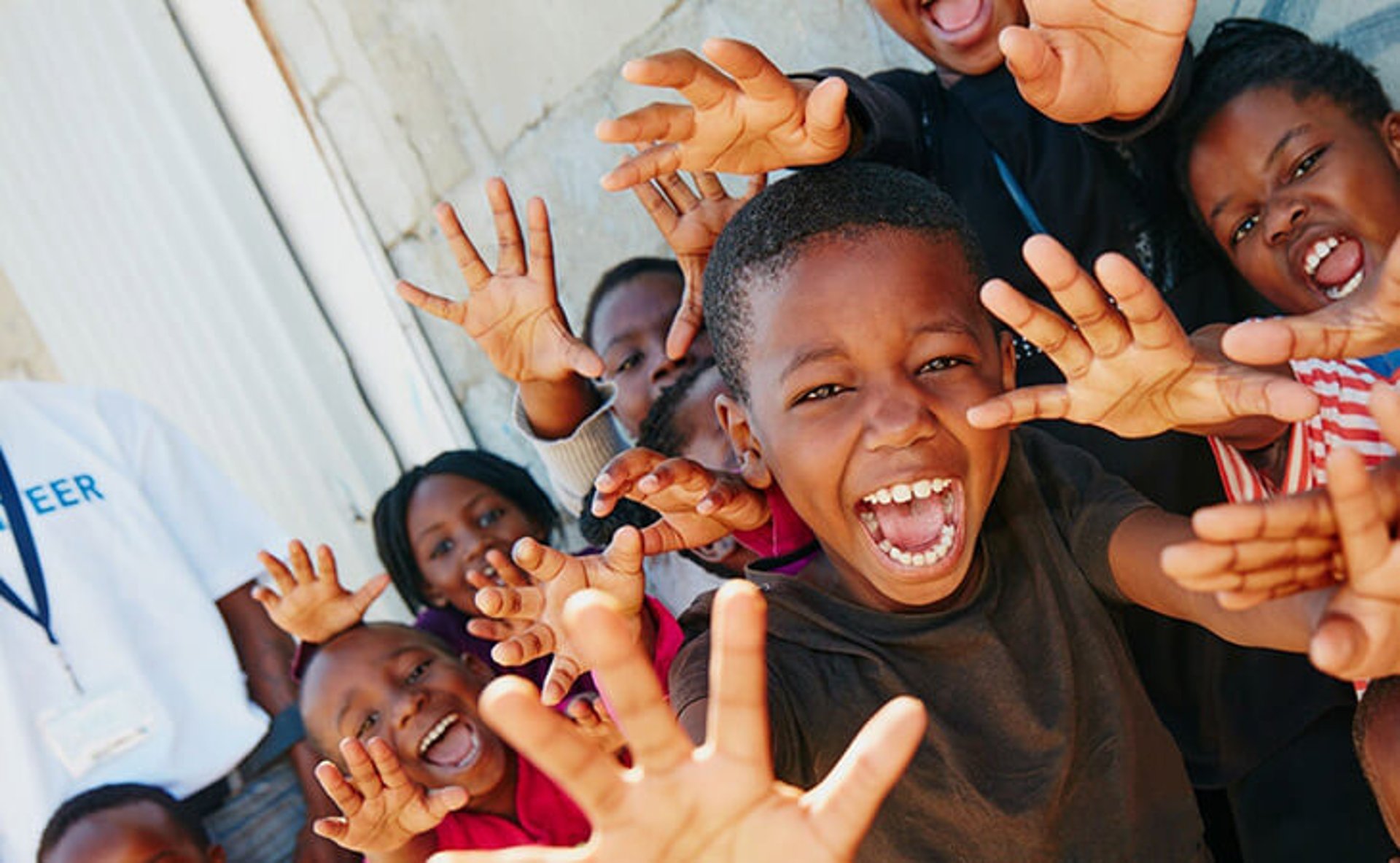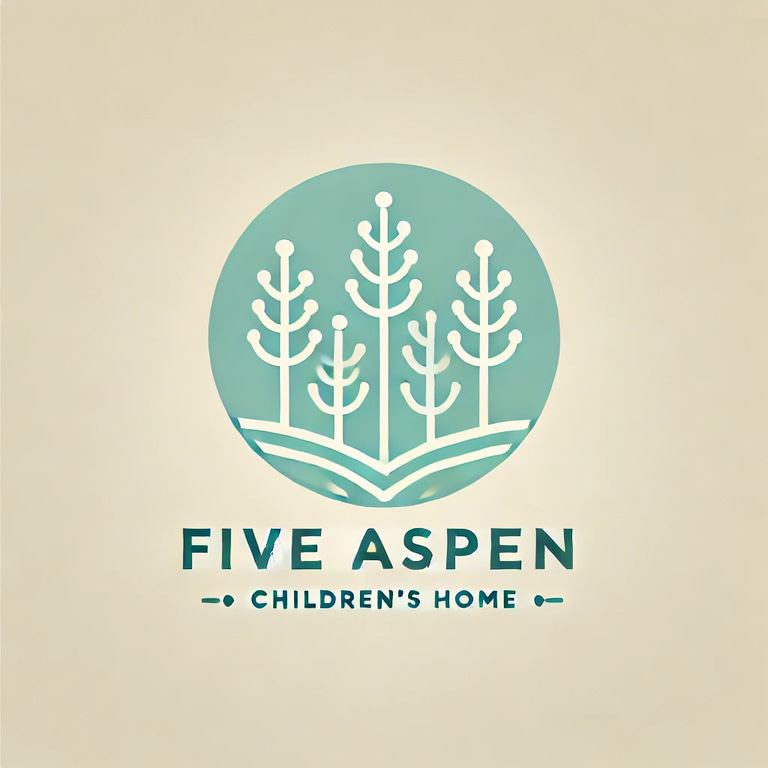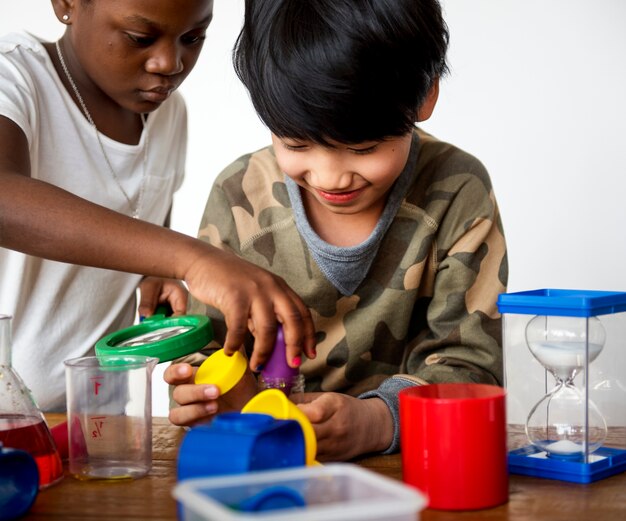
OUR THERAPEUTIC APPROACH
At Five Aspen Children Homes, we believe in connection before correction—which is why we embrace the PACE approach (Playful, Accepting, Curious, Empathetic) in everything we do. This child-centred model helps us build trusting relationships, nurture emotional well-being, and create an environment where every child can flourish.
Playful – Learning Through Joy & Connection
Play isn’t just fun—it’s how children explore, heal, and grow. We weave playfulness into daily interactions to help children feel safe, engaged, and valued.Examples in practice:
Therapeutic play sessions – Using games, art, and role-play to help children express emotions.
Playful communication – Light-hearted tones and humour to ease tension during difficult moments.
Outdoor adventures – Encouraging exploration through nature walks, sports, and creative play
Encouraging exploration through nature walks, sports, and creative play.
Accepting – Unconditional Positive Regard
Every child deserves to feel seen, heard, and accepted—exactly as they are. Our team fosters a no-judgment culture, where mistakes are learning opportunities, not failures. Examples in practice:
Personalised praise – Recognising effort, not just achievement (e.g., "I noticed how hard you worked on that!").
Celebrating individuality – Supporting children’s interests, whether it’s music, gaming, or sports.
Trauma-informed responses– Understanding challenging behaviours as communication, not defiance.
Curious – Listening to Understand
Instead of assumptions, we ask, listen, and learn. Curiosity helps us uncover the ‘why’ behind behaviour and build deeper connections. Examples in practice:
Open-ended questions – "What was the best part of your day?" instead of "Did you have a good day?"
Reflective conversations – Helping children process experiences (e.g., "It sounds like that made you feel frustrated—tell me more.")
Observing with interest – Noticing subtle cues (e.g., a withdrawn child might need gentle encouragement to share).
Empathetic – Emotional Safety First
Empathy is the heart of PACE. When children feel truly understood, they develop resilience, self-worth, and the ability to form healthy relationships. Examples in practice:
Emotional validation – "It’s okay to feel upset—I’m here with you."
Comfort through routines – A calming bedtime ritual for anxious children.
-Modelling empathy – Showing kindness even in conflict (*"I can see this is hard for you—let’s figure it out together."*)
By embedding PACE into daily life, we create a therapeutic environment where children:
✅ Feel secure – Reducing anxiety and building trust.
✅ Develop emotional intelligence – Learning to express and regulate feelings.
✅ Engage in learning – Curiosity and play boost motivation.
✅ Build healthy relationships – With peers, carers, and educators.
Every interaction is an opportunity to connect, heal, and grow—because when children feel safe and valued, they thrive.








